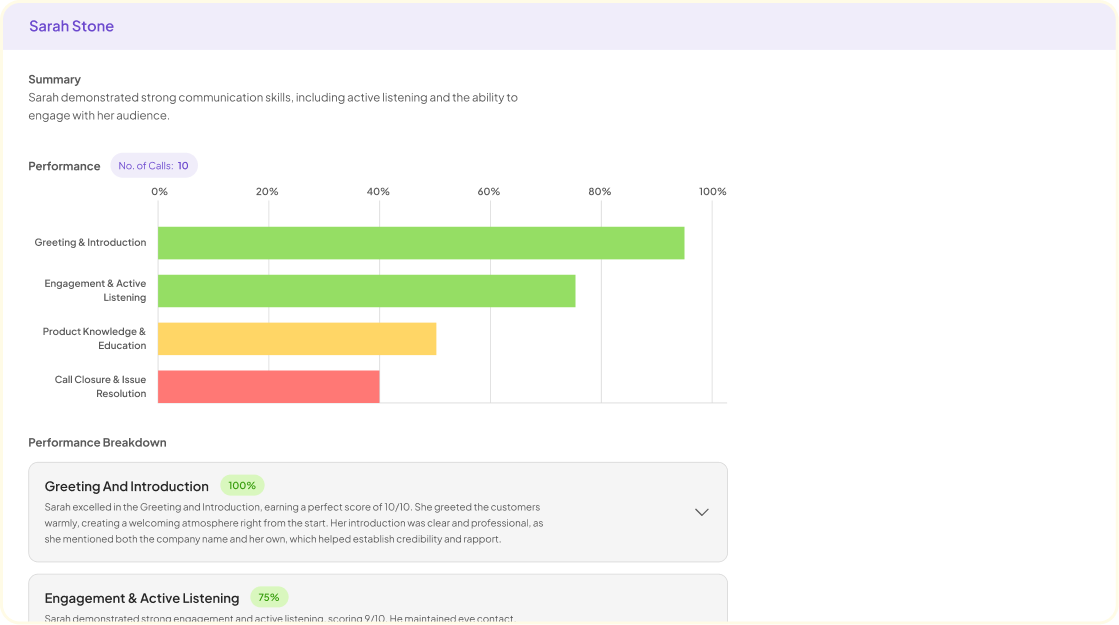In the realm of effective research, the right survey tools can make a significant difference in gathering valuable data. Navigating through various options can be overwhelming, but knowing the top survey tools available can streamline your decision-making process. These tools allow researchers to gather insights efficiently, ensuring that every response counts toward actionable conclusions.
Choosing the best survey platform goes beyond just collecting data; it involves understanding user needs and ensuring that results can be effectively analyzed. In this guide, we will explore seven top survey tools that empower researchers to gather, analyze, and interpret data intelligently. From user-friendly interfaces to advanced analytical capabilities, these tools offer features that align with modern research demands.
Exploring the Landscape of Top Survey Tools
In today's digital age, selecting the best tools for gathering and analyzing survey data is vital for research success. Organizations face an overwhelming range of options, making it crucial to understand which platforms offer the best features and functionalities. This exploration of top survey tools begins by identifying essential characteristics that define effective survey platforms, including user-friendliness, adaptability, and analytical capabilities.
Among the various options, key tools stand out due to their unique advantages. Firstly, they provide diverse question formats, allowing researchers to tailor surveys to their specific needs. Secondly, many offer robust reporting features, simplifying the process of data analysis. Lastly, strong collaboration options enable teams to work together efficiently, sharing insights swiftly. By understanding these fundamental aspects, researchers can better navigate the growing options available in today's market, ultimately leading to more effective data-driven decisions.
The Importance of Choosing the Right Platform for Research
Selecting the right platform for research is crucial in ensuring the success of your survey initiatives. The best survey platforms can significantly enhance the quality of data collected, providing reliable insights that drive informed decisions. A well-chosen platform can streamline the survey process, enabling easy distribution and efficient data analysis.
It is essential to consider factors such as user interface, customization options, and data analytics capabilities when choosing a platform. The integration of various tools can also help gather diverse data points, allowing for a more comprehensive understanding of your audience. Ultimately, the right choice in top survey tools not only facilitates smoother operations but also equips researchers with the insights needed to adapt and grow effectively.
Key Features That Define Top Survey Tools
Top survey tools offer a range of essential features that set them apart. One key attribute is user-friendliness. Intuitive interfaces allow users to create and distribute surveys easily, ensuring they can quickly gather valuable data. Additionally, advanced question types enhance response accuracy, from multiple-choice to open-ended questions, allowing for nuanced feedback.
Another important feature is robust data analysis capabilities. The best tools provide real-time reporting and visualization, helping researchers understand responses at a glance. Integrations with other software are also beneficial, allowing users to streamline workflows and maintain data coherence across platforms. Furthermore, responsive customer support ensures users can overcome challenges promptly, which contributes to a more effective research process.
Ultimately, selecting top survey tools requires a focus on these defining characteristics. They significantly influence how well users can gather insights, making them integral to successful research outcomes.
In-Depth Look at the Best Survey Platforms
In today’s data-driven environment, choosing the right survey platform is paramount for effective research. An in-depth look at the top survey tools reveals critical features and functionalities that can significantly enhance data collection and analysis. Users should prioritize ease of use, customization options, and integration capabilities when selecting a platform, ensuring it aligns with their specific research goals.
Several key factors distinguish the best survey platforms from the rest. First, responsiveness and mobile-friendly design are essential, as they facilitate participation across diverse demographics. Next, robust analytics tools enable users to derive actionable insights swiftly. Additionally, strong customer support is crucial in resolving any technical concerns that may arise. Ultimately, selecting the right survey tool not only streamlines the data collection process but also enhances the overall effectiveness of research initiatives.
Platform 1: Unmatched User Experience and Flexibility
The first platform stands out due to its unmatched user experience and flexibility. It was designed so that anyone in a company can access and utilize it without prior training. This user-centric approach enables seamless interaction with the tool, making it both efficient and intuitive. Users can instantly transform call summaries into comprehensive reports, transcribe voice files, or analyze customer experiences to identify friction points—all from the homepage.
Moreover, the platform continuously evolves, offering an array of workflows that enhance its versatility. Whether users need to gain insights for an upcoming business review or delve deeper into customer satisfaction metrics, this platform meets diverse research needs. Its ability to democratize the data-gathering process ensures that valuable insights are readily available to everyone in the organization. This combination of accessibility and robust functionality makes it a top choice among users exploring the best survey tools.
Platform 2: Advanced Analytics for Data-Driven Insights
Advanced analytics tools are essential for transforming raw data into actionable, data-driven insights. With these tools, users can efficiently analyze large datasets derived from surveys and interviews, allowing for a comprehensive understanding of market trends and customer preferences. By employing sophisticated dashboards and analytics interfaces, researchers can visualize data patterns and make informed decisions that drive growth and innovation.
To effectively utilize advanced analytics in survey research, consider the following key approaches:
Data Integration: Combine data from various sources to create a unified view. This enables richer analysis and deeper insights.
Custom Dashboards: Utilize customizable dashboards to monitor metrics that matter most to your research goals. Visual representations help highlight trends and patterns effectively.
Comparative Analysis: Analyze different groups or geographical segments to understand behavioral differences. This can lead to tailored strategies that resonate with specific demographics.
These techniques ensure that your survey efforts yield meaningful insights, positioning your research among the top survey tools available for decision-making and strategic planning.
Conclusion: Making the Right Choice Among Top Survey Tools for Your Research Needs
Choosing the right survey tool is essential for successful research outcomes. The top survey tools you select can greatly influence not only the quality of data collected but also the efficiency of your analysis. Consider factors such as user-friendliness, integration capabilities, and reporting features when making your decision. Each platform offers a unique set of strengths tailored to diverse research needs.
By carefully evaluating the features and support available from each option, you can ensure that you choose a tool that will best serve your objectives. Remember, the right choice can lead to more insightful findings and effective strategies for your projects. Trust in the capabilities of the top survey tools, and let them guide your research to success.


